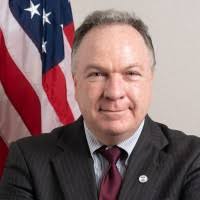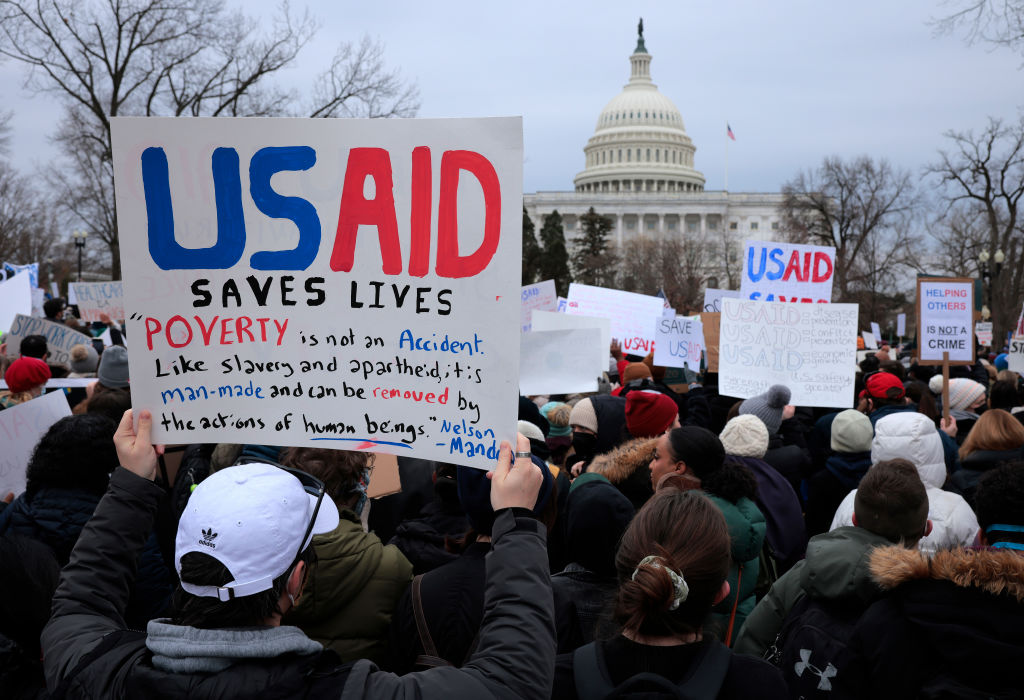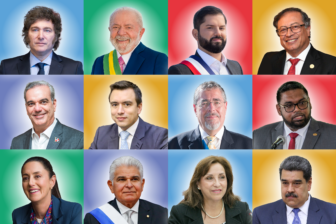
The seismic shift underway at the U.S. Agency for International Development (USAID), which disburses most U.S. humanitarian and development aid, is set to profoundly reshape U.S. assistance to Latin America. The Trump administration has enacted a controversial freeze on aid, announced plans to slash USAID’s staff from over 10,000 to several hundred, and said it would fold the agency into the State Department.
It is unclear whether these initial moves will stick, but two outcomes seem certain for U.S. assistance to the region, which amounted to roughly $3.7 billion in FY 2023, of which $1.9 billion was distributed by USAID and $1.4 billion disbursed by the State Department, according to government data.
Future aid seems poised to focus less on long-term development goals—such as poverty eradication and environmental protection—and more on short-term policy objectives. Civil society and humanitarian assistance are likely to be cut, while law enforcement and rule of law assistance are more likely to remain in place. Second, the assistance that remains will probably, at least for a time, become less efficient as the State Department absorbs USAID.
U.S. foreign assistance has long been a vital tool for ensuring stability, promoting prosperity, and preserving influence in the Western Hemisphere. A reduction in aid, particularly for programs that address the root causes of migration and support long-term development, will likely have negative consequences for both the U.S. and Latin America. These changes risk undermining the goodwill the U.S. has built in the region, diminishing U.S. influence and providing an opening for China and others to expand theirs.
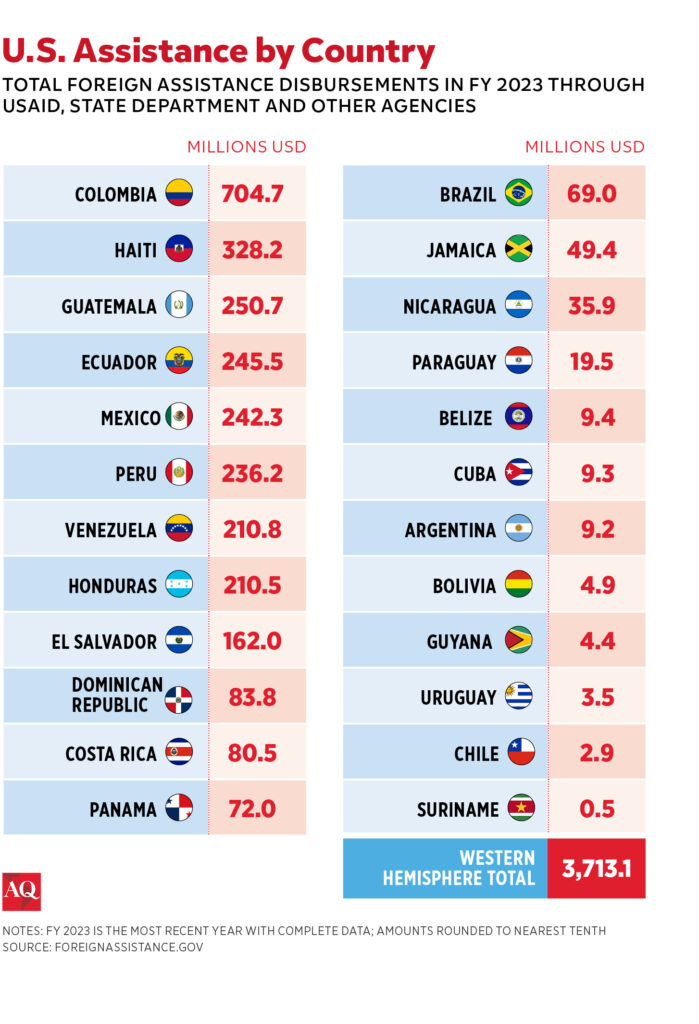
Paradigm shift
The Trump administration announced a broad pause in foreign assistance as part of a 90-day review of aid programs, with the stated aim of ensuring that aid is better aligned with the administration’s “America First” agenda. While the administration has provided exemptions for urgent “life-saving” humanitarian aid, many long-term development programs face cuts or delays. Programs that promote economic development, environmental sustainability, and good governance, especially in Latin America, have been caught up in this freeze.
The decision is causing considerable uncertainty for countries in the region that depend heavily on U.S. support. In South America, per an AP report, a number of major initiatives are now at risk. In 2024, USAID provided $45 million to the UN World Food Programme, mostly to aid Venezuelan migrants throughout Latin America. This assistance serves in part to disincentivize Venezuelan migrants from attempting to reach the U.S., according to Congressional Research Service reporting.
In Colombia, the primary recipient of USAID funding in the region, most resources are directed toward services for Venezuelan migrants, efforts to reduce armed conflict, and cocaine production. Such efforts include programs to incentivize farmers to grow crops like coffee over coca and improve economic development in rural areas. In Peru, the funding is similarly focused on rural development and reducing cocaine production, as the country is the world’s second-largest cocaine producer after Colombia.
Rural development programs often focus on sustainable conservation initiatives. In Brazil, over half of U.S. assistance went to environmental protection efforts. USAID has an especially successful track record in the Brazilian Amazon, typified by sustainable fishery programs and marked progress on deforestation.
In Central America, USAID has been at the forefront of programs to address the root causes of U.S.-bound migration. The aid focuses on reducing violence, improving economic opportunities, and promoting good governance in Guatemala, Honduras, and El Salvador. Reducing this funding could lead to more desperation and greater migration, straining relations between the U.S. and its southern neighbors.
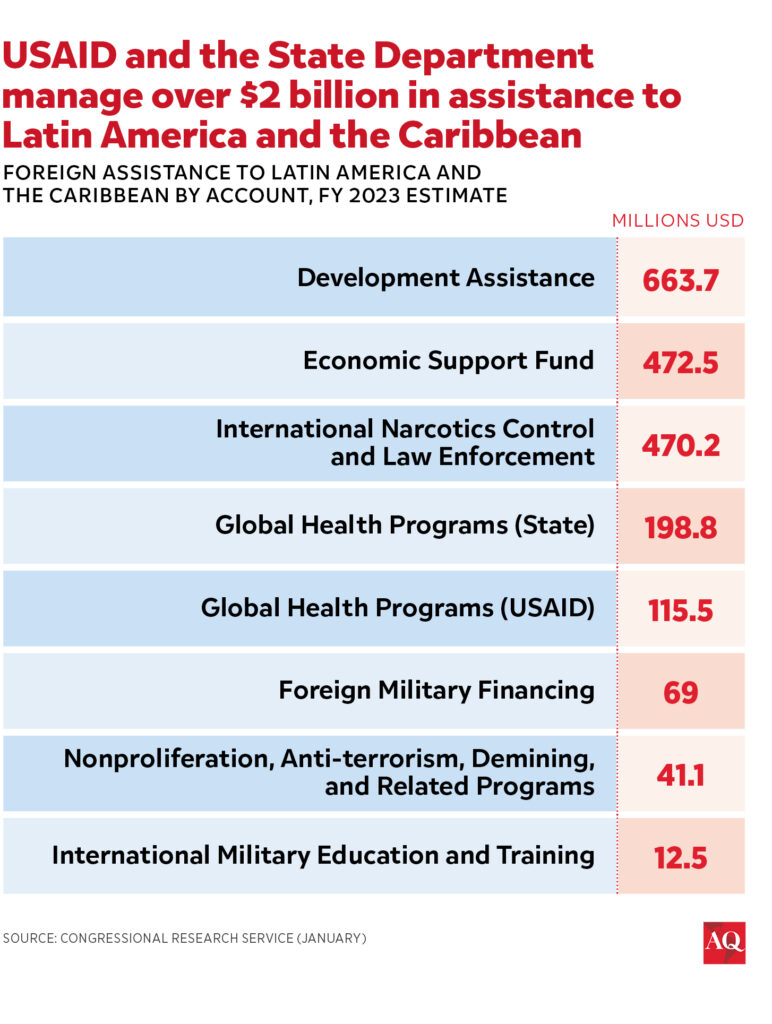
A possible merger
The potential integration of USAID into the State Department is a significant move. The Trump administration has suggested it in various forms, arguing that merging the two entities could create a more efficient, coordinated approach to foreign assistance. In FY 2023, the last year for which complete data is available, the U.S. disbursed roughly $72 billion in foreign assistance, including about $43.8 billion through USAID and $21.3 billion through the State Department. (These figures do not include most military assistance managed by the Defense Department and other agencies.)
Critics argue that such a merger would negatively affect the effectiveness of U.S. aid programs, particularly in Latin America. The merger would likely shift aid focus away from long-term development objectives and toward more transactional foreign policy concerns, making aid less efficient.
USAID has long been praised for its technical expertise in implementing development programs. The agency has a deep pool of specialists in areas like health, education, and disaster relief, essential for tackling long-term challenges in Latin America. In contrast, the State Department is generally more focused on short-term diplomatic goals, and critics argue that it lacks the specialized knowledge required for effective aid implementation.
USAID has also long been recognized for its efficient and effective contracting capabilities. The agency’s ability to mobilize resources quickly and design well-structured, results-driven programs has made it one of the most effective players in international development. By contrast, the State Department has struggled with slower contracting processes and less effective program oversight. If USAID were to lose its independence, it could lead to a decline in the quality of aid programs, particularly those addressing issues like poverty, corruption, and climate change.
If USAID is merged with the State Department, the real challenge will be elevating the State Department’s capabilities in contracting, program design, and evaluation rather than lowering USAID’s standards. USAID’s expertise in these areas has been a cornerstone of U.S. foreign assistance, and its absence in the development landscape would likely lead to inefficiencies and delays in delivering aid. For Latin America, where development programs require quick, decisive action, this could mean the difference between success and failure.
If the U.S. shifts its emphasis from long-term development programs to more short-term, transactional objectives, it risks losing the goodwill it has cultivated in Latin America over the years. Latin American countries that have historically depended on U.S. support for development and security may start to seek assistance elsewhere. This could enable China and other global powers to establish a stronger presence in the region, reducing U.S. influence and undermining its strategic position in global affairs.


